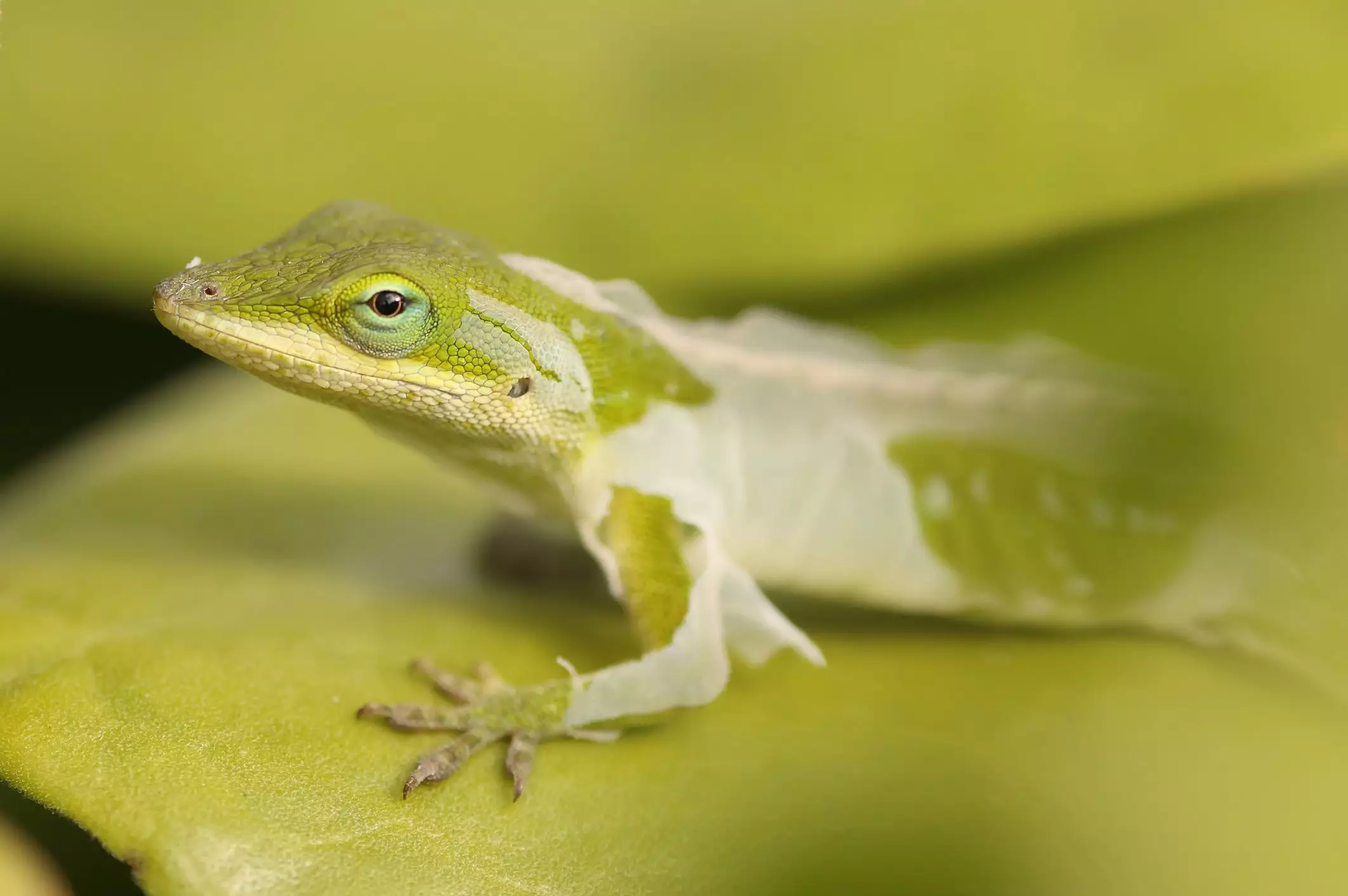Reptiles are fascinating creatures, each with unique behaviors and physiological needs, including skin shedding—a vital process for their growth and health. However, shedding can sometimes be met with complications, leaving reptile owners perplexed as to why their beloved pet is struggling. A multitude of factors contributes to shedding difficulties, but understanding these can help in creating a more accommodating environment for these intriguing animals.
A primary culprit behind incomplete shedding among reptiles is inadequate humidity. Each reptile species has its own specific humidity requirements; therefore, it is crucial for pet owners to thoroughly research the needs of their reptiles and maintain appropriate humidity levels within their enclosures. Investing in a hygrometer can aid in monitoring the ambient humidity, ensuring it remains within a favorable range.
However, while moisture helps facilitate the shedding process, excessive humidity can lead to a host of other issues, such as respiratory infections and skin decay. Thus, finding the balanced humidity sweet spot becomes essential. This delicate equilibrium, alongside appropriate heating and lighting setups, forms the foundation for healthy shedding.
Apart from humidity, numerous other factors can hinder the shedding process. Skin infections, for example, may contribute to complications, affecting not only the shedding pattern but also the overall health of the reptile. Injuries, including remnants of old scars, can also compromise the skin’s integrity, leading to shedding issues.
Parasites, whether internal or external, can sap the reptile’s health, causing nutritional deficiencies that manifest as difficulty in shedding. Implementing a routine wellness check with a reptile veterinarian can provide peace of mind, helping rule out potential medical concerns that could derive from these factors.
It’s imperative to assess the reptile’s environment meticulously, ensuring that temperature ranges and lighting conditions are also satisfactory. For many reptiles, especially snakes, UVB light is a critical component of their habitat, aiding in their overall health and, by extension, their shedding patterns.
Normal shedding involves the skin coming off in a single, continuous piece, akin to turning a sock inside out. However, complications can lead to patchy sheds, where parts of the skin may remain stubbornly affixed to the reptile’s body. There can be instances of retained eye caps where the protective scales covering the eyes do not shed properly, potentially affecting vision and comfort.
Recognizing these abnormal shedding patterns is vital for timely intervention. Owners should note any signs of distress in their reptiles, including excessive rubbing against surfaces, which may indicate discomfort caused by retained skin.
For reptiles encountering shedding difficulties, several practical solutions can aid the process. Soaking the reptile in warm water is a common method employed to encourage shedding. The water should be deep enough to cover the body yet shallow enough to avoid drowning risks. Supervision during these baths is of the utmost importance for safety.
In addition to soaking, techniques such as wrapping the reptile in warm, damp towels can stimulate the shedding process through gentle friction. Some reptile enthusiasts have found success placing shedding individuals in a moist cloth bag, facilitating a warm, moist environment conducive to skin sloughing.
Creating a designated humidity hide within the enclosure allows the reptile to have access to a high-humidity area when seeking respite during the shedding process. For arboreal species, frequent misting replicates natural moisture levels in their habitats, which can support the shedding process.
The shedding process can vary notably across different reptile classes. For lizards, the shedding cycle might occur in patches rather than all at once. Areas such as toes, tails, and dorsal spines are often particularly problematic. Careful attention and gentle massages can help alleviate restrictions caused by retained skin.
Turtles, on the other hand, may shed their skin in a less uniform fashion. Their shells experience a different shedding process called scute shedding. It’s essential for turtles to receive adequate UVB light as well as proper basking opportunities to facilitate the shedding of scutes effectively.
Successful shedding in reptiles is multifaceted. Understanding the unique requirements of each species, maintaining balanced humidity levels, and promptly addressing any complications that arise are crucial strategies for any reptile owner aiming for a thriving pet. With proper care, shedding can become a smooth and natural process, ensuring optimal health for these captivating animals.

